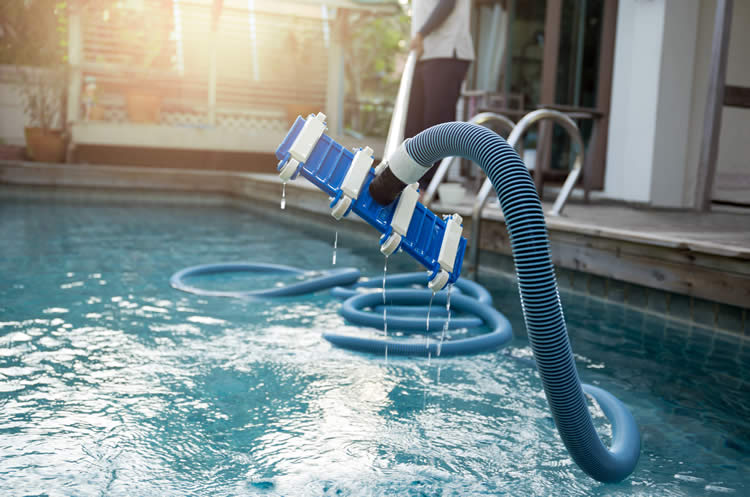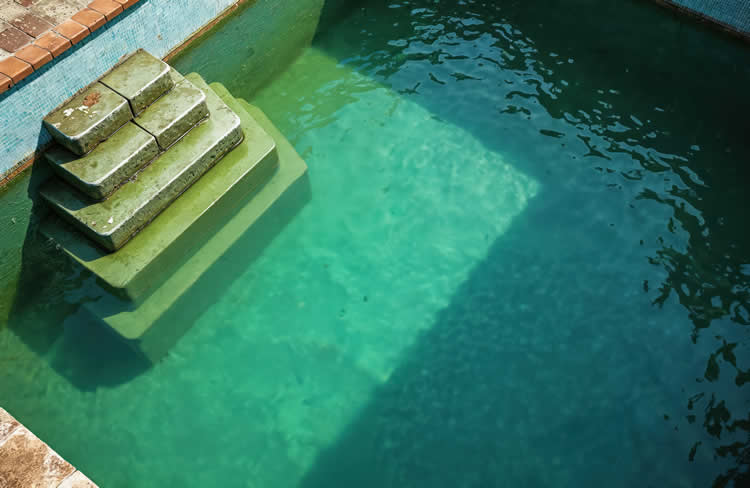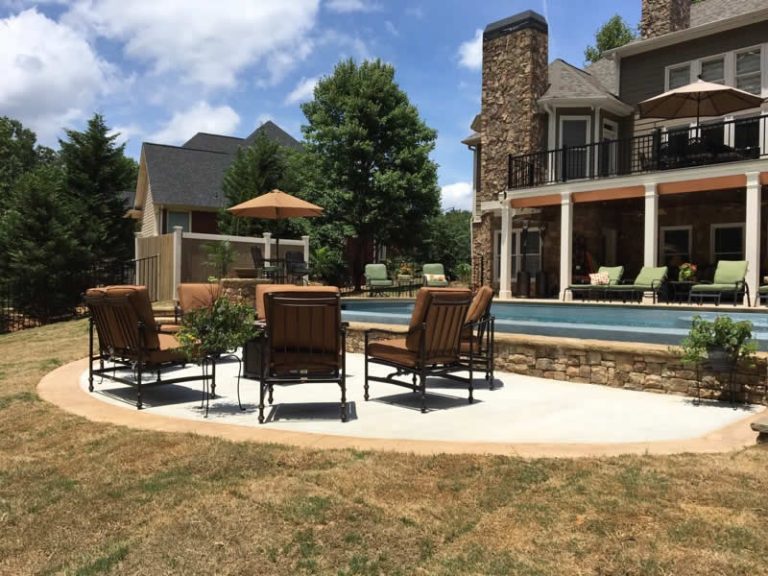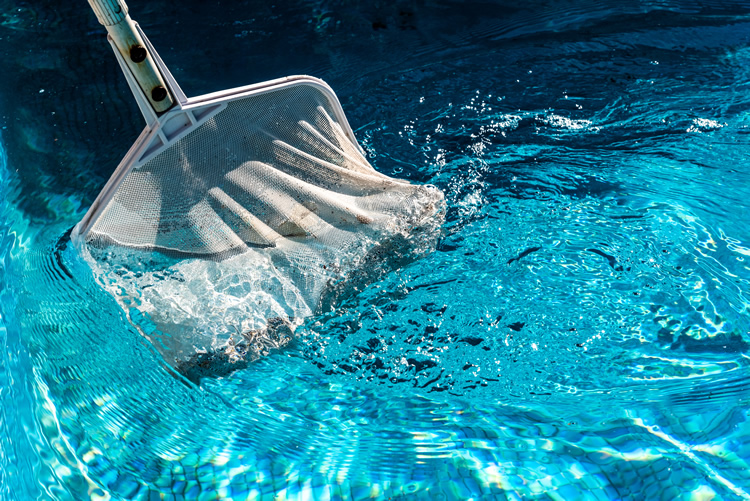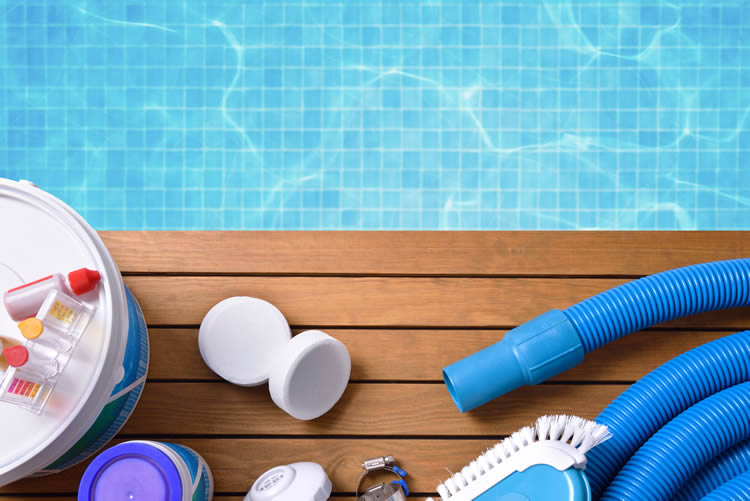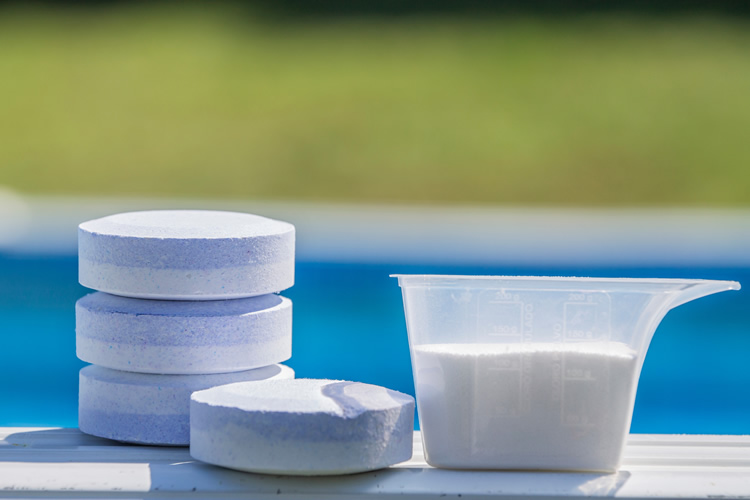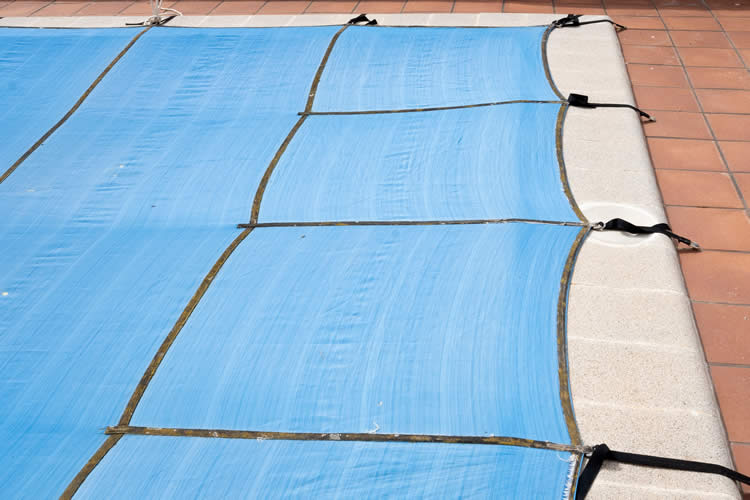The Hidden Cost of Poor Pool Maintenance (and How to Avoid It)
Most Georgia homeowners don’t plan to neglect their pool. It just happens — a rainy week here, a vacation there, and before you know it, the water’s cloudy, the filter’s screaming, and your pool looks more like a pond than paradise.
But the real damage often isn’t visible right away. Poor pool maintenance slowly eats away at your investment through equipment wear, chemical imbalance, and long-term surface deterioration. And unfortunately, those hidden costs can pile up faster than most people expect.
Let’s break down what really happens when maintenance takes a back seat — and how to prevent it before you’re staring down a major repair bill.
It Starts Small: Unbalanced Water
Unbalanced water is like untreated diabetes for your pool — the symptoms are subtle at first, but the consequences are costly.
When pH and alkalinity drift out of range, every component in your pool feels it:
- Low pH (acidic water) corrodes metal parts, eats away at plaster, and weakens tile grout.
- High pH (alkaline water) leads to cloudy water and scaling that clogs filters and shortens heater life.
- Low alkalinity makes pH unstable, swinging wildly after every rainstorm or chemical addition.
The fix? A $10 testing kit and a few minutes a week. The alternative? Replacing a corroded heat exchanger for $1,000 or resurfacing etched plaster for several thousand.
The Algae Domino Effect
Skipping brushing or chlorine checks for just a few days in Georgia’s summer can spark an algae bloom — and once it starts, it multiplies fast.
Algae isn’t just ugly. It raises chlorine demand, clogs filters, stains surfaces, and creates a slippery film that’s both unsanitary and dangerous. Clearing it often means shocking the pool multiple times, brushing for days, and running your pump nonstop — which spikes your power bill and chemical costs.
Left unchecked, algae can permanently stain plaster or vinyl liners, forcing early replacement. A single full remediation can run $500–$1,000, not counting lost swimming time.
Filter Fatigue: When Equipment Works Overtime
Your filter is the unsung hero of your pool system. It traps debris, circulates chemicals, and keeps your water clean. But when neglected, it becomes the most expensive part of your system to repair or replace.
Here’s what happens:
- A clogged filter strains the pump motor, increasing electrical use.
- Flow slows down, so chlorine doesn’t distribute evenly.
- The motor overheats, seals fail, and suddenly you’re shopping for a new pump.
A professional pump replacement in Atlanta can cost $800–$1,500. Compare that to the five minutes it takes to rinse or backwash a filter weekly, and it’s easy math.
Hidden Enemies: Georgia’s Weather
Our local weather makes neglect especially punishing. High humidity and heat speed up organic decay, so debris left in the pool decomposes quickly, releasing phosphates and feeding algae.
Meanwhile, those afternoon thunderstorms dilute chemicals, mess with pH, and introduce acidic rainwater. If you don’t test afterward, corrosion starts quietly — first on ladders and light rings, then on internal metal components.
Over time, it’s not unusual for neglected pools in the Southeast to develop surface pitting, calcium scale, and metallic staining that even acid washing can’t fully remove.
The Financial Fallout
Let’s put some numbers behind it. Here’s what poor maintenance can cost compared to prevention:
| Problem | Estimated Repair/Replacement Cost | Prevention |
|---|---|---|
| Filter or pump burnout | $800–$1,500 | $10 test kit and weekly cleaning |
| Algae removal and chemical shock | $300–$700 | Weekly brushing and chlorine checks |
| Surface staining or etching | $2,000–$6,000 | Balanced pH and alkalinity |
| Heater corrosion | $800–$1,200 | Maintain proper calcium hardness |
| Full pool resurfacing | $8,000–$15,000 | Consistent chemistry management |

